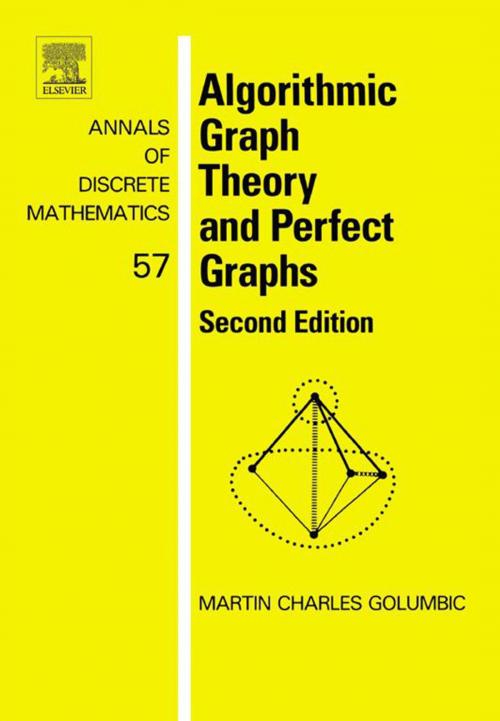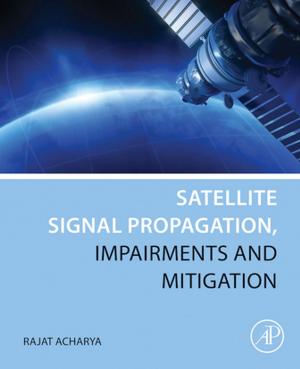Algorithmic Graph Theory and Perfect Graphs
Nonfiction, Science & Nature, Mathematics, Discrete Mathematics, Computers, General Computing| Author: | Martin Charles Golumbic | ISBN: | 9780080526966 |
| Publisher: | Elsevier Science | Publication: | February 4, 2004 |
| Imprint: | North Holland | Language: | English |
| Author: | Martin Charles Golumbic |
| ISBN: | 9780080526966 |
| Publisher: | Elsevier Science |
| Publication: | February 4, 2004 |
| Imprint: | North Holland |
| Language: | English |
Algorithmic Graph Theory and Perfect Graphs, first published in 1980, has become the classic introduction to the field. This new Annals edition continues to convey the message that intersection graph models are a necessary and important tool for solving real-world problems. It remains a stepping stone from which the reader may embark on one of many fascinating research trails.
The past twenty years have been an amazingly fruitful period of research in algorithmic graph theory and structured families of graphs. Especially important have been the theory and applications of new intersection graph models such as generalizations of permutation graphs and interval graphs. These have lead to new families of perfect graphs and many algorithmic results. These are surveyed in the new Epilogue chapter in this second edition.
- New edition of the "Classic" book on the topic
- Wonderful introduction to a rich research area
- Leading author in the field of algorithmic graph theory
- Beautifully written for the new mathematician or computer scientist
- Comprehensive treatment
Algorithmic Graph Theory and Perfect Graphs, first published in 1980, has become the classic introduction to the field. This new Annals edition continues to convey the message that intersection graph models are a necessary and important tool for solving real-world problems. It remains a stepping stone from which the reader may embark on one of many fascinating research trails.
The past twenty years have been an amazingly fruitful period of research in algorithmic graph theory and structured families of graphs. Especially important have been the theory and applications of new intersection graph models such as generalizations of permutation graphs and interval graphs. These have lead to new families of perfect graphs and many algorithmic results. These are surveyed in the new Epilogue chapter in this second edition.
- New edition of the "Classic" book on the topic
- Wonderful introduction to a rich research area
- Leading author in the field of algorithmic graph theory
- Beautifully written for the new mathematician or computer scientist
- Comprehensive treatment















